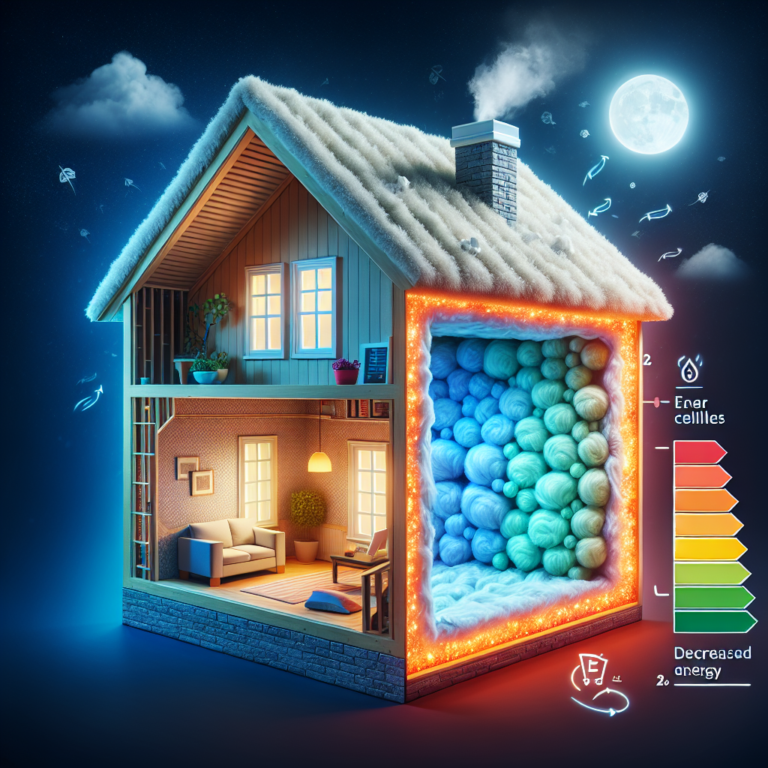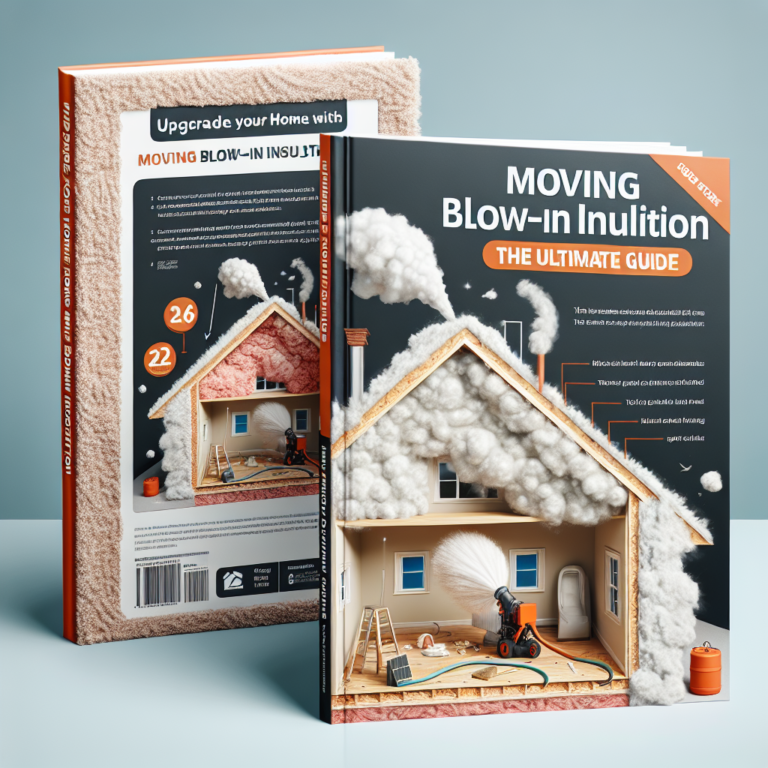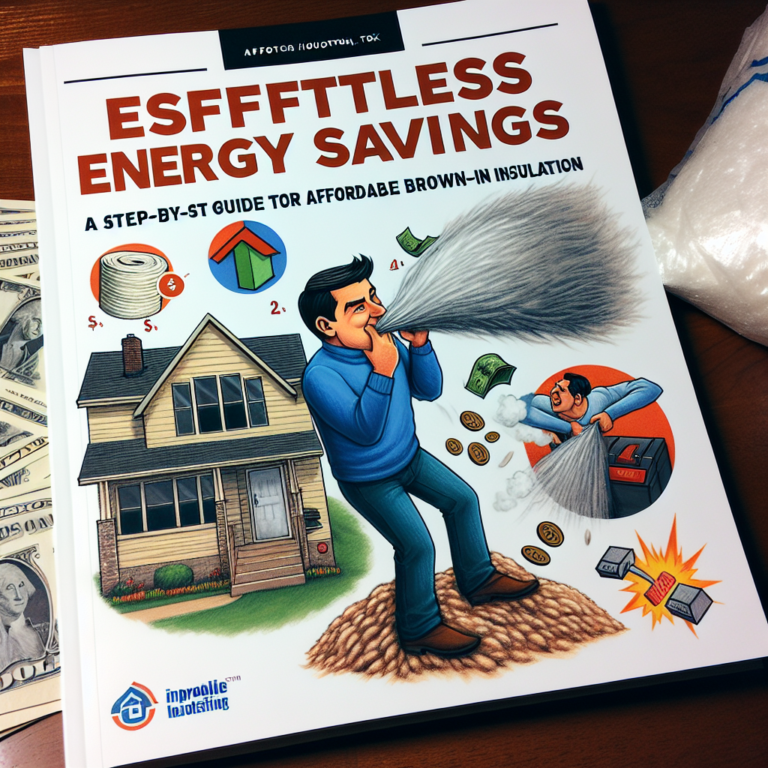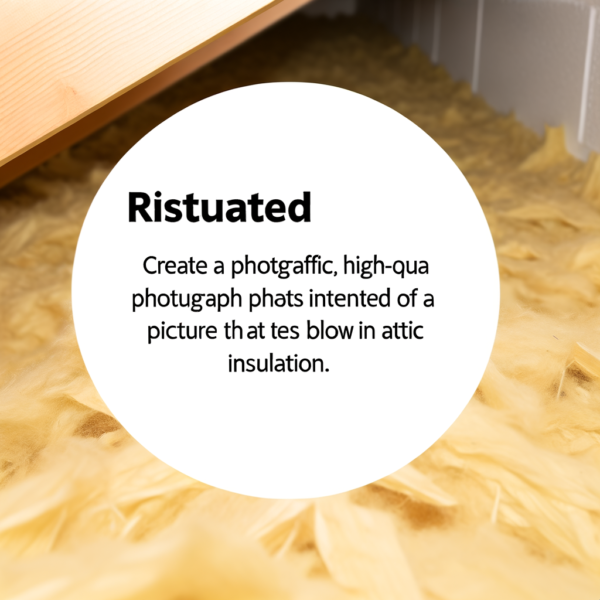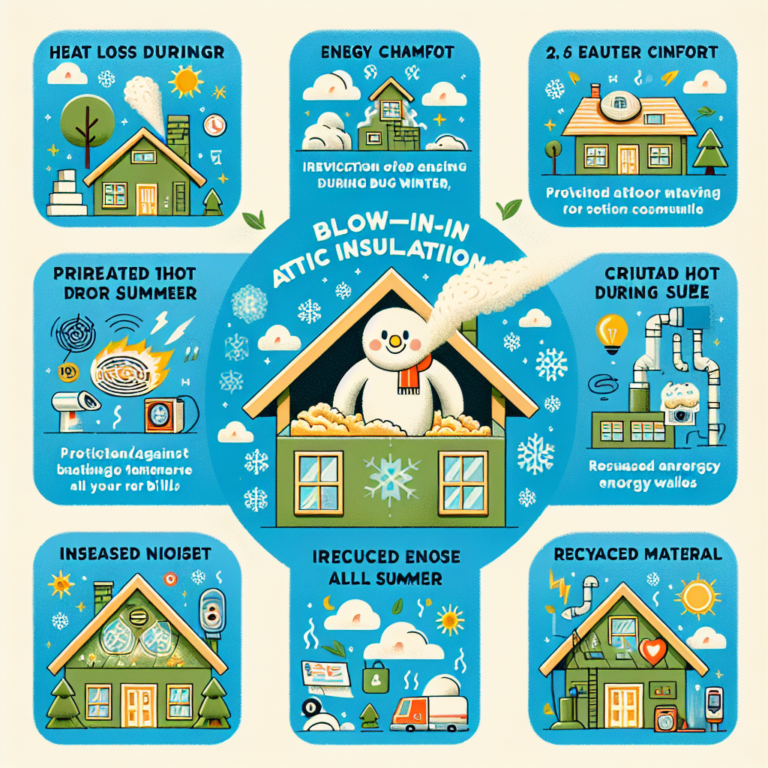Revamp Your Attic with DIY Blown-In Cellulose Foam Insulation
Introduction
Revamping your attic with DIY Blown-In Cellulose Foam Insulation is one of the smartest home improvements you can make. Not only does this method seal in comfort and cut energy costs, it also transforms an underused space into a more functional, efficient environment. Whether you’re battling high utility bills or uneven indoor temperatures, blown-in cellulose foam insulation offers an eco-friendly, cost-effective solution that any handy homeowner can tackle.
DIY Blown-In Cellulose Foam Insulation: Key Benefits
• Superior Thermal Performance – Cellulose foam insulates at an R-value of 3.5 to 3.8 per inch, outperforming traditional fiberglass batts. It traps air in its dense fibers, keeping warm air in during winter and heat out during summer.
• Seamless Coverage – The blowing process fills every nook and cranny, including awkward corners and around pipes or wiring, eliminating drafts and cold spots.
• Eco-Friendly Composition – Made from recycled newspaper treated with borate, cellulose foam is non-toxic, pest-resistant and fire-retardant, reducing landfill waste and relying on renewable resources.
• Cost Savings – By DIY installation you avoid labor fees and can expect up to a 20% reduction in annual heating and cooling expenses.
• Long-Lasting Durability – Unlike loose fiberglass that settles over time, cellulose foam maintains its shape and insulating power for decades.
Step-by-Step Guide for DIY Blown-In Cellulose Foam Insulation
1. Prepare Your Attic
• Clear out debris, storage boxes and any old insulation you plan to replace.
• Seal gaps around ductwork, light fixtures and plumbing penetrations with caulk or expanding foam.
• Install or check attic baffles to ensure proper soffit-to-ridge ventilation.
2. Gather Tools and Materials
• Cellulose insulation (calculate square footage × desired depth, typically 12–14 inches).
• Insulation blower machine (rent from a home center).
• Protective gear: respirator mask, goggles, gloves and long sleeves.
• Measuring stick or depth markers.
3. Set Up the Blower Machine
• Position the blower outside or in a well-ventilated area.
• Load cellulose into the hopper according to the manufacturer’s guidelines.
• Connect the hose and run it into the attic through the access hole.
4. Insulation Installation
• Start at the farthest corner from the access point.
• Hold the hose tip about 6–8 inches from the attic floor and blow insulation evenly.
• Use a measuring stick or depth marker to check thickness as you go.
• Move in parallel passes until the entire attic floor reaches the recommended depth.
5. Final Checks and Cleanup
• Verify consistent coverage—look for low spots or gaps.
• Seal the attic access hatch with weatherstripping or an insulated door.
• Vacuum up stray cellulose from walkways and vents.
Comparing DIY Blown-In Cellulose Foam Insulation to Other Types of Insulation
Blown-in Cellulose vs Fiberglass Batts
• Coverage: Cellulose fills cracks more completely; batts can leave gaps.
• R-Value: Cellulose averages R-3.5 per inch; fiberglass ranges R-2.2 to 2.7 per inch.
• Installation: DIY for both, but cellulose blower rental simplifies tricky spaces.
Blown-in Cellulose vs Spray Polyurethane Foam
• Cost: Cellulose is more budget-friendly; spray foam can cost twice as much.
• Application: Spray foam requires professional installation; cellulose DIY is straightforward.
• Air Sealing: Spray foam seals extremely well, but cellulose combined with caulking delivers excellent results at lower cost.
Blown-in Cellulose vs Rigid Foam Boards
• Versatility: Cellulose adapts to any attic shape; rigid foam boards must be cut and fitted.
• Moisture Resistance: Rigid foam resists moisture better; cellulose performs well if attic ventilation is maintained.
• Environmental Impact: Cellulose uses recycled paper; most foam boards rely on petrochemicals.
Common Questions About DIY Blown-In Cellulose Foam Insulation
Q: How deep should I install cellulose insulation in my attic?
A: Aim for a depth of 12 to 14 inches, which provides around R-38 and meets most climate zone recommendations.
Q: Can I install blown-in cellulose insulation myself?
A: Yes. With a rented blower, proper safety gear and basic preparation, most homeowners can complete the job in a weekend.
Q: Does cellulose insulation pose mold or pest risks?
A: No. Cellulose is treated with borate, a natural mineral that resists mold, mildew and insects.
Conclusion
By choosing DIY Blown-In Cellulose Foam Insulation for your attic upgrade, you lock in comfort, slash energy bills and make an eco-responsible choice. This method delivers superior R-value, exceptional coverage and long-term performance, all at a fraction of the cost of professional spray foam. Revamp your attic today and enjoy a more comfortable, energy-efficient home for years to come.



